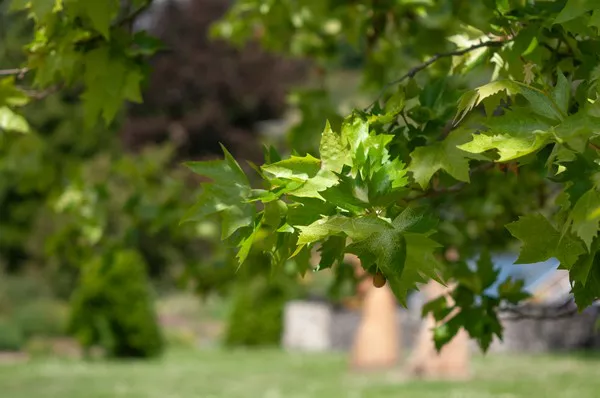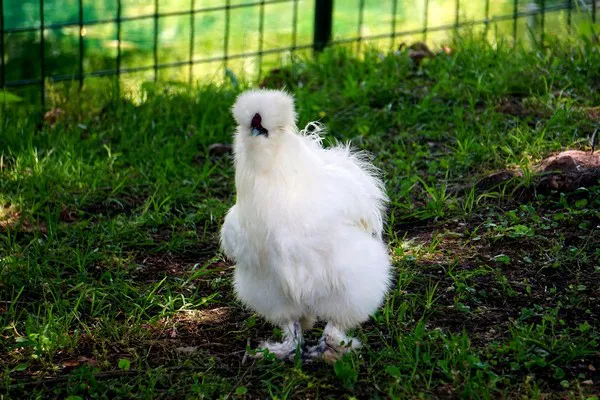In the world of arboriculture, the quest for the perfect tree extends beyond aesthetics to encompass resilience and disease resistance. As climate change and environmental challenges continue to impact our planet, selecting trees that can withstand pests, diseases, and changing conditions becomes crucial for sustainable landscaping and forestry. This article explores the top 10 most desirable and disease-resistant trees, shedding light on their unique characteristics and the benefits they bring to urban and natural ecosystems alike.
Top 10 Most Desirable and Disease-Resistant Trees
1. London Plane Tree (Platanus × acerifolia):
The London Plane tree, a hybrid of the American Sycamore and Oriental Plane, stands out as a robust and adaptable choice for urban environments. Not only is it resistant to various diseases, including anthracnose, it also exhibits a remarkable ability to withstand pollution and compacted soils. Its distinctive mottled bark and large, maple-like leaves make it a desirable choice for city streets and parks. The London Plane tree’s resilience and air-purifying qualities contribute to its popularity in urban forestry.
2. American Sweetgum (Liquidambar styraciflua):
Known for its vibrant fall foliage and distinctive spiked fruits, the American Sweetgum is celebrated not only for its aesthetic appeal but also for its resilience. This tree exhibits resistance to many pests and diseases, making it a desirable option for both urban and natural landscapes. Its adaptability to a range of soil types and climates further enhances its desirability as a low-maintenance and visually striking tree.
3. Norway Maple (Acer platanoides):
The Norway Maple, recognized for its hardiness and resistance to pests like the Asian longhorn beetle, is a popular choice in urban forestry. Its dense foliage provides ample shade, and its adaptability to various soil conditions makes it a versatile addition to city streets and parks. While its invasive potential in some regions raises ecological concerns, proper management practices can harness its disease-resistant qualities for sustainable urban greenery.
4. American Elm (Ulmus americana):
Once devastated by Dutch Elm Disease, the American Elm is experiencing a revival thanks to disease-resistant cultivars. These cultivars, developed through extensive research, retain the elegant vase-shaped form and tolerance to urban conditions that made the American Elm a staple of city streets in the past. The ongoing efforts to reintroduce disease-resistant American Elms contribute to the restoration of their iconic presence in urban landscapes.
5. Bald Cypress (Taxodium distichum):
The Bald Cypress, known for its striking appearance and adaptability to wetland conditions, is a tree of choice for areas prone to flooding. Resistant to pests and diseases, including the cypress canker, this deciduous conifer thrives in both upland and swampy environments. Its unique feature of “knees,” woody projections from the roots, adds to its aesthetic appeal, making it a sought-after tree for landscaping around water bodies.
6. White Oak (Quercus alba):
The White Oak, a symbol of strength and endurance, is valued for its resistance to various pests and diseases. This stately tree is not only a hardwood prized for its timber but also an essential component of natural ecosystems. Its resistance to oak wilt and tolerance to urban conditions make it a desirable choice for landscaping and reforestation projects. The acorns produced by White Oaks provide crucial food for wildlife, adding to their ecological significance.
7. Chaste Tree (Vitex agnus-castus):
The Chaste Tree, adorned with fragrant spikes of lavender-colored flowers, is not only aesthetically pleasing but also resistant to pests and diseases. Its ability to thrive in challenging conditions, including drought tolerance, makes it an attractive option for landscaping. The Chaste Tree’s resilience and adaptability contribute to its popularity in gardens, where it attracts pollinators and provides a burst of color during the growing season.
8. Red Maple (Acer rubrum):
The Red Maple, with its brilliant red foliage in the fall, is known for its adaptability to various soil types and moisture conditions. While some varieties are susceptible to certain pests and diseases, many cultivars exhibit enhanced resistance. Its fast growth, vibrant colors, and ability to thrive in urban environments make it a favored choice for landscaping. Selecting disease-resistant cultivars ensures the Red Maple’s continued prominence in diverse settings.
9. Crabapple (Malus spp.):
The Crabapple, prized for its ornamental blossoms and small fruits, encompasses a wide range of species and cultivars. Many modern varieties are bred for enhanced disease resistance, particularly against apple scab and fire blight. Beyond their visual appeal, disease-resistant Crabapples contribute to biodiversity by attracting pollinators and providing sustenance for birds. Their adaptability to various climates and soil conditions further extends their desirability in landscaping.
10. Japanese Zelkova (Zelkova serrata):
The Japanese Zelkova, reminiscent of the American Elm in appearance, is celebrated for its resistance to Dutch Elm Disease and other common tree pests. Its graceful, vase-shaped silhouette and serrated leaves make it an elegant choice for urban landscapes. Tolerant of air pollution and adaptable to different soil types, the Japanese Zelkova stands as a resilient alternative for those seeking the aesthetic appeal of the American Elm without the disease-related concerns.
See Also: World’s 10 Most Expensive Plants
Conclusion:
Selecting trees with inherent resistance to pests and diseases is a proactive step toward creating resilient and sustainable landscapes. The top 10 trees highlighted in this article offer a diverse palette of options for arborists, landscapers, and homeowners alike. From the urban toughness of the London Plane tree to the waterfront resilience of the Bald Cypress, each species brings unique qualities to the table.
As we navigate a changing climate and face the challenges of maintaining green spaces in urban environments, the importance of disease-resistant trees cannot be overstated. These trees not only weather the storm of environmental stressors but also contribute to the beauty, health, and biodiversity of our surroundings. By promoting the cultivation and preservation of disease-resistant trees, we can sow the seeds for a greener, more resilient future.
You Might Be Interested In:



























